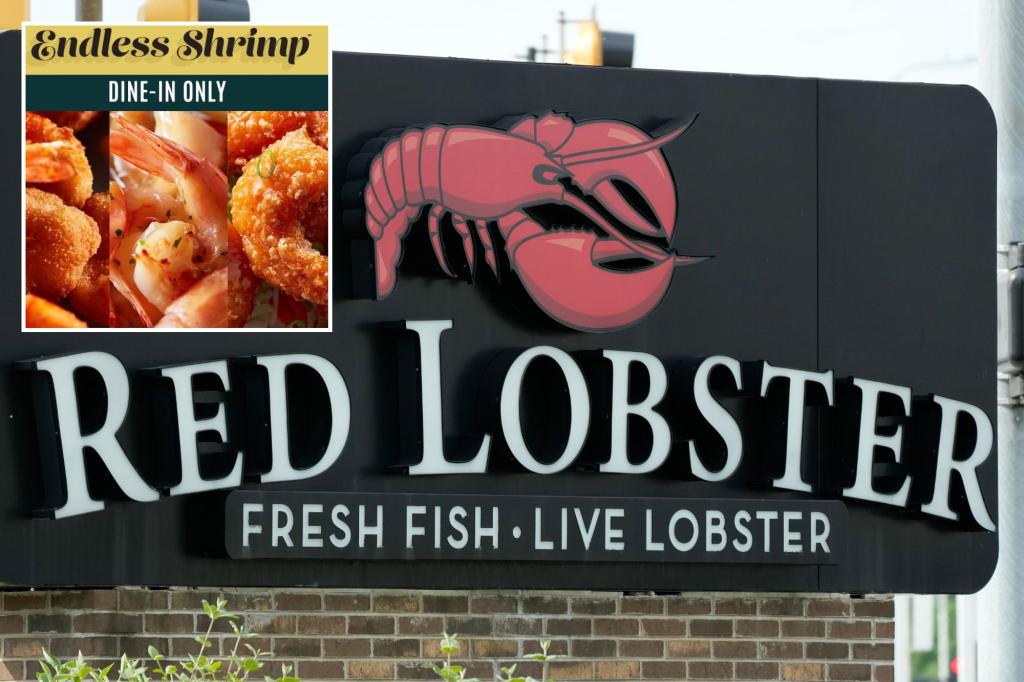After struggling with mounting losses and dwindling customers, Red Lobster filed for Chapter 11 bankruptcy protection in May. The seafood chain had been facing difficulties in keeping up with competitors and announced plans to simplify the business by reducing the number of locations. Since the filing, Red Lobster has closed dozens of its North American restaurants, leaving it with the expectation of operating about 544 locations in the US and Canada upon emergence from bankruptcy, down from 578 at the time of filing.
The reorganization plan and sale of Red Lobster to a lender group led by asset manager Fortress was approved by a US bankruptcy judge, allowing the chain to soon exit from Chapter 11 bankruptcy protection. The acquisition is expected to close at the end of September, with the chain set to continue operating as an independent company. Additionally, Red Lobster will have a new CEO, Damola Adamolekun, who previously served as chief executive of P.F. Chang’s. Adamolekun expressed optimism about Red Lobster’s future and thanked the outgoing CEO for his leadership during the bankruptcy process.
The lender group acquiring Red Lobster, which was formed under RL Investor Holdings by Fortress, is providing additional funding of over $60 million to help the chain get back on its feet post-emergence. This funding is part of a long-term investment plan for the company, which has seen multiple ownership changes since its founding in 1968 by Bill Darden. Over the years, Red Lobster has changed ownership several times, including being sold by Darden Restaurants to a private equity firm in 2014, and most recently having Thai Union Group as a minority investor until their intention to exit earlier this year.
The decision to divest from Red Lobster was announced by Thai Union Group in January, citing the negative financial impact of the COVID-19 pandemic, industry headwinds, and rising operating costs. The company reported a $19 million loss from Red Lobster for the first nine months of 2023, with one contributing factor being the popular endless shrimp special. The all-you-can-eat shrimp offering, which was expanded last year, resulted in overwhelming customer demand that the chain could not afford to sustain. Thai Union leadership mentioned that the $20 price tag for the special was not generating enough revenue to cover costs.
Despite the challenges faced by Red Lobster in recent years, the chain is looking forward to a fresh start as it emerges from bankruptcy protection. With a reduced number of locations and new leadership in place, including a commitment from the lender group for additional funding, Red Lobster is optimistic about its future prospects. The seafood chain’s history of ownership changes, including the recent decision by Thai Union Group to divest, highlights the challenges faced by restaurants in a constantly evolving industry. As Red Lobster prepares for a new chapter post-bankruptcy, it will be interesting to see how the changes impact its operations and customer experience.


